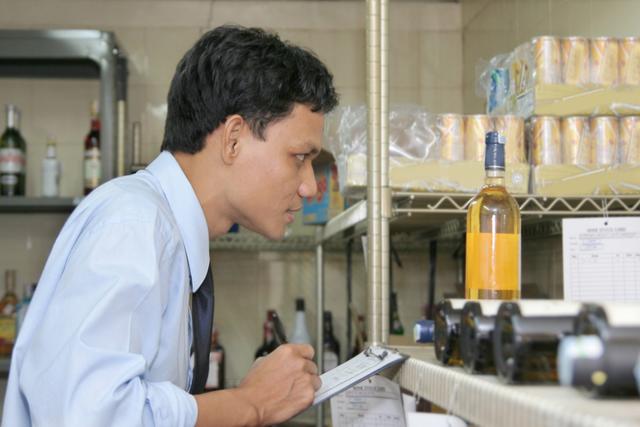Wholesale

Overview
Businesses engaged in the wholesale trade have an intermediate place in the distribution chain, between producers and consumers of goods. They purchase and resell goods, such as the output of agriculture, mining, or manufacturing, generally without making any substantial changes to the goods. Some of the purchasers of the goods are retailers or other wholesalers. (The term jobbers is sometimes used for wholesalers who specifically serve retailers.) Other purchasers use goods such as industrial machinery or medical instruments to produce goods or provide services. Still other purchasers are processors who transform raw or semi-processed materials into goods of greater commercial value.
Wholesalers operate out of offices or warehouses. The warehouses are temporary storage facilities; unlike a retail store, they are not designed to display merchandise and do not encourage walk-in traffic. Wholesalers do not advertise to the general public. They contact their customers by telephone, sales workers, industry-specific advertising, or electronic media. They tend to create long-term relationships with purchasers, becoming regular suppliers with strong ties.
Wholesalers earn their revenue by charging buyers slightly more than they have paid sellers. Buyers are willing to pay this markup because wholesalers serve as a single point of contact where goods are available from multiple producers. For example, a food market needing eggs, milk, fruit, vegetables, and meat can buy from one wholesaler rather than identifying, negotiating prices, paying, and arranging shipping with the countless different farms that produce these agricultural goods. Wholesalers also relieve purchasers of the burden of warehousing goods that are not needed immediately.
In 2019, wholesalers made nearly $6.0 trillion in sales. These sales are divided into durable goods (approximately $2.9 trillion in sales) and nondurable goods (more than $3.1 trillion). T...









